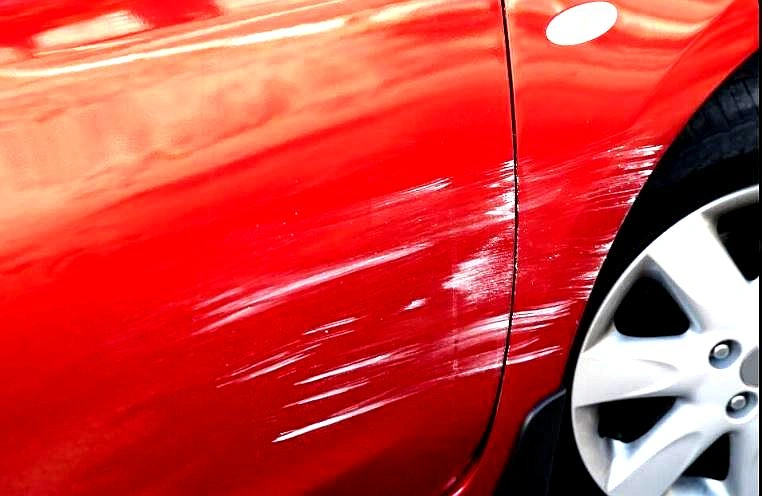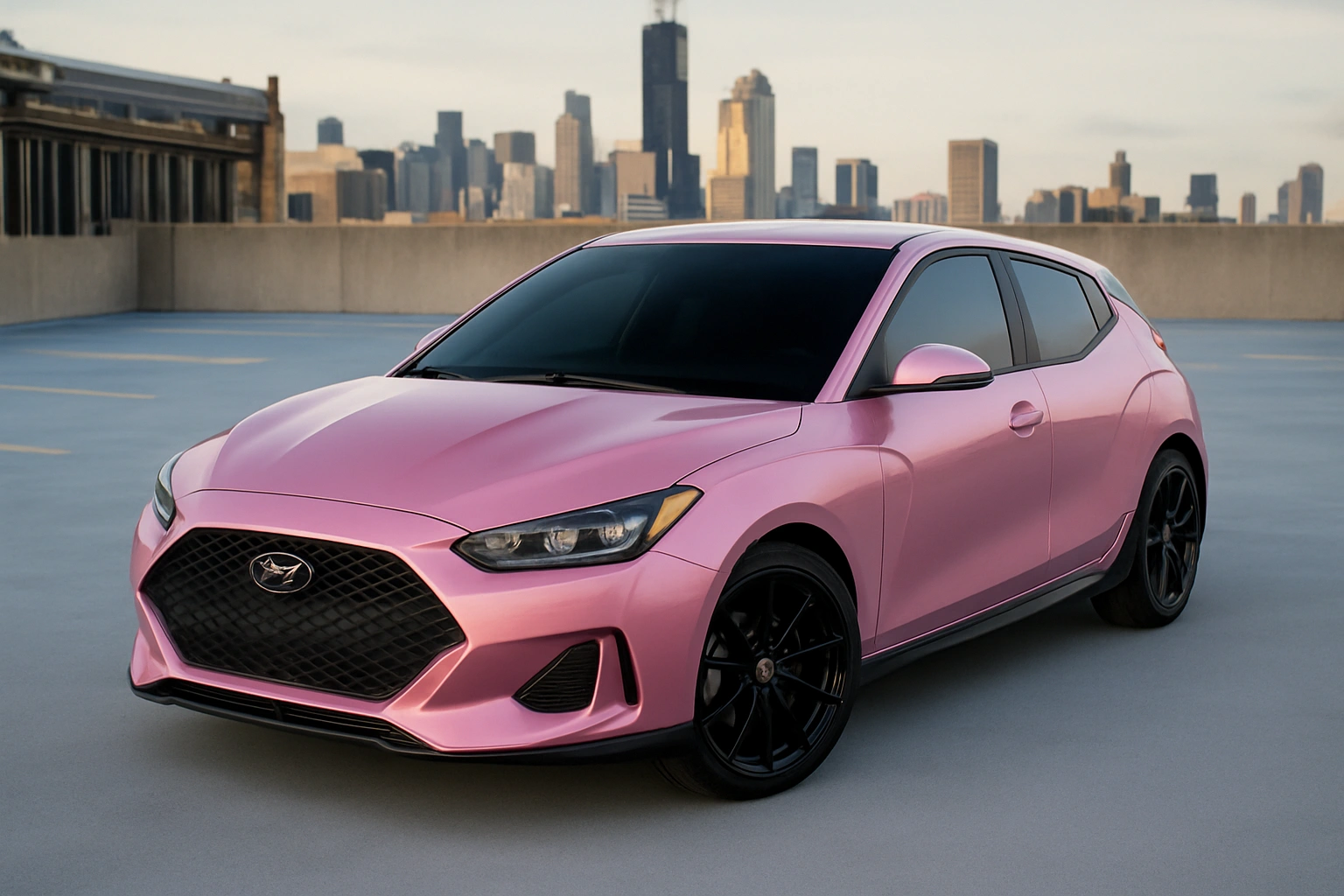Introduction
Car owners often ask: Can you wrap over bad paint or scratches? The short answer is yes, but it comes with important considerations. Vinyl wraps can transform a vehicle’s look, but damaged surfaces may affect the finish, durability, and even resale value. In this guide, VinylWrapRo breaks down everything USA drivers and fleet owners need to know before wrapping over less-than-perfect paint.
Key Takeaways
- You can wrap over bad paint or scratches, but results depend on surface condition.
- Wraps may highlight flaws instead of hiding them.
- Poor paint may peel off during removal.
- Professional inspection before wrapping is recommended.
- Sometimes repairs or paint correction are the smarter choice.

Vinyl Wrap FAQs (People Also Ask)
Yes, you can wrap over scratches, but the vinyl will not hide deep imperfections. Minor surface scratches may be less noticeable once wrapped, while deeper scratches often show through the material. If your goal is a flawless look, it’s best to smooth or repair the surface first. During the car wrap installation, prep work is critical to ensure long-lasting adhesion and a clean finish.
Vinyl wrap can stick to damaged paint, but it won’t last as long. In fact, peeling paint can compromise adhesion and cause bubbles or lifting. Worse, when you remove the wrap, more paint may peel off. If your vehicle already has peeling or flaking areas, a body shop repair before wrapping is highly recommended. For alternative protection, some USA owners ask can you wrap over PPF?, a better choice for preserving paint long-term.
No, vinyl wrap does not completely hide imperfections. It can camouflage light surface flaws, but dents, chips, and rough areas will still show through the film. Think of vinyl as a second skin—it reflects whatever is underneath. Choosing a darker or textured wrap (like matte or satin) may reduce visibility of flaws compared to a glossy finish. Explore your options in Gloss vs Matte vs Satin vs Chrome: Which Finish Should You Choose?.
Yes, wrapping over bad paint can sometimes worsen the issue. If the paint is already weak or cracked, the adhesive may pull it up during wrap removal. This risk is especially high on older or poorly repainted surfaces. To avoid unexpected repair costs, have a certified installer like VinylWrapRo inspect your car first. They’ll recommend whether to repair, repaint, or proceed with vinyl wrap.
It depends on your goals. Repainting is the better option for restoring value and protecting long-term durability, especially if rust is present. Wrapping is a great temporary solution if you want a fresh look without a full paint job. However, wrapping over unstable paint may cost more later when it comes to removal. For USA fleet owners, wraps still offer branding benefits, but prep work is key for a professional result. Compare costs during your car wrap installation consultation.
Preparation is everything. Light sanding, touch-up paint, or filler can smooth scratches before applying vinyl. Thorough cleaning and decontamination ensure proper adhesion. Many installers recommend at least repairing the most visible areas for a seamless finish. Proper prep not only improves aesthetics but also extends wrap life. Learn more in our vinyl wrap maintenance guide for USA drivers.
Final Thoughts
So, can you wrap over bad paint or scratches? Yes, but it’s not always the best long-term solution. Wrapping over flawed paint may highlight imperfections and even worsen peeling issues. Before deciding, weigh the cost of minor repairs against the benefits of a new wrap.
For a detailed overview of the entire process, check out our step-by-step car wrap installation guide. And if you’re still exploring finishes, don’t miss our comparison: Gloss vs Matte vs Satin vs Chrome. VinylWrapRo is here to help USA car owners and fleets get wraps that last, whether your paint is perfect or not.

